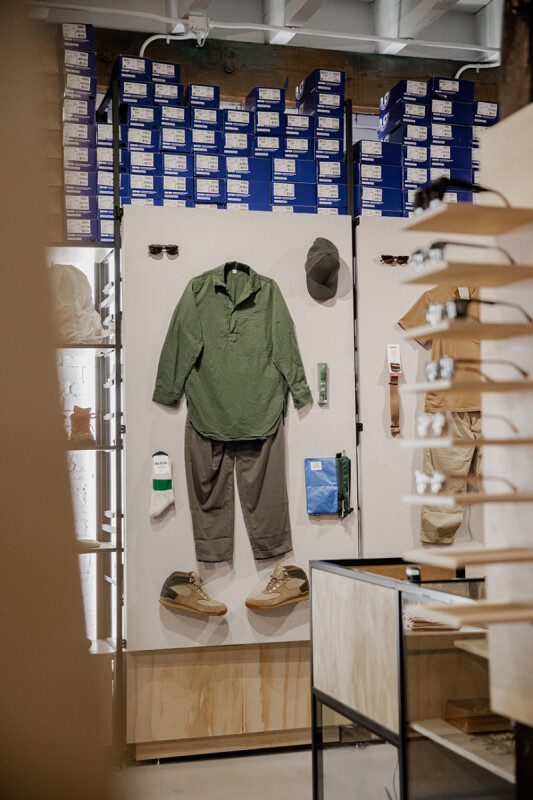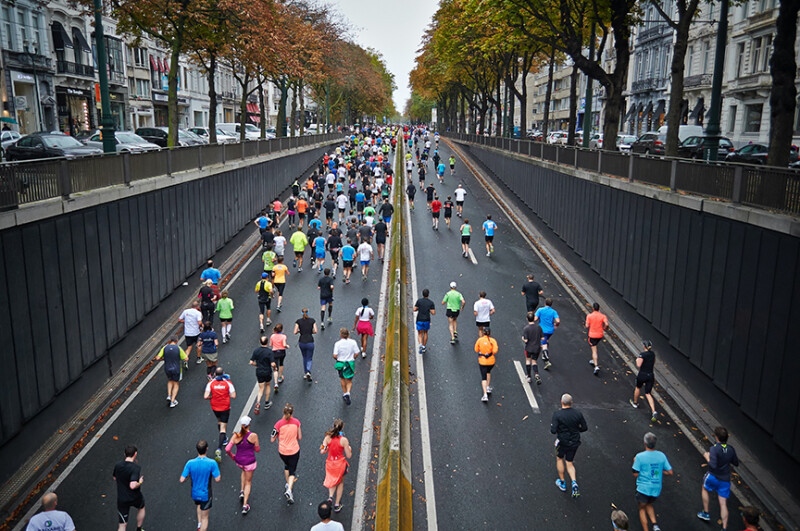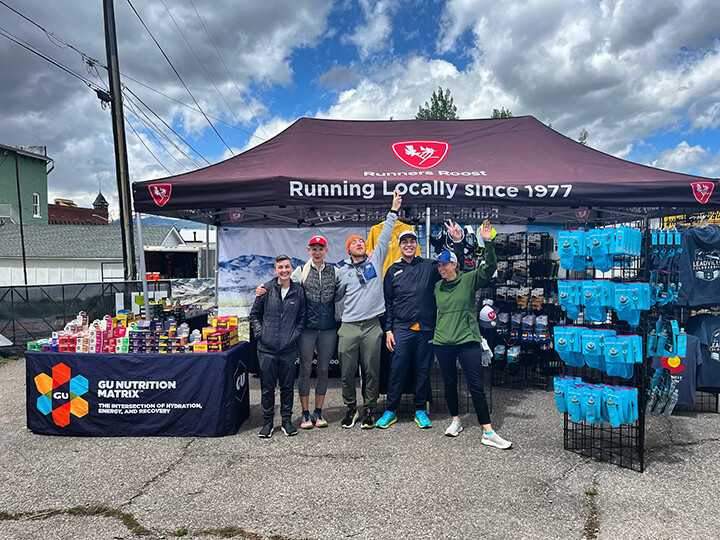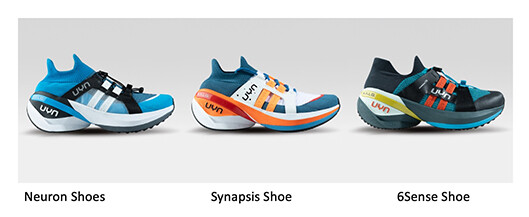The benefits of running in races is well-known for the runners involved — but the impact goes well beyond just the participant, reaching into the community they descend upon on race day as well as the days leading up to the event. Take Boston, for example.
Every year (pre- and, hopefully, post-COVID), 30,000 runners take to the streets of Boston for one of the most famous races in the world. The 2018 Boston Marathon attracted more than 500,000 spectators to cheer on their favorite runners as well as strangers. Big races like this are a party for participants, but they can seem like a nightmare at times.
Looking at the influx of runners and partiers descending on a town can paint a picture of mayhem — the crowded subways and local streets, the cups that miss the garbage cans, the runners who find creative ways to avoid the porta-potties. It’s easy to assume that races put a strain on a town, considering the influx of people for an entire weekend, and often for a race that’s over before noon.
And that was before COVID-19 wreaked havoc on the best-laid plans of race organizers and community leaders.
While these numbers may seem overwhelming, consider this one: $201 million. That’s how much the Boston metro area has benefits from hosting the marathon. Another $35 million is annually raised for charity. Whether you hail from a big city or a rural town, it’s important to look into how the local community is impacted by major sporting events — both good and bad.
Come To Run, Then Shop
Dave Welsh, the owner of the RunningCo. Stores of South Jersey, throws one of the largest suburban 5Ks in the Philadelphia metro area, the Adrenaline 5k, and always has his hands in other races as well. This is helpful to his Moorestown and Haddonfield stores, which have walkable downtowns, thanks to the storefront shops and restaurants.
Welsh is certainly aware of the benefits of race organizing in conjunction with his retail business.
“When you do a packet pickup for a local race, it brings people into the town,” he points out. “They grab their packet and then they'll either shop at the store or shop for anything in the town.”
Welsh’s Haddonfield store is within a quarter of a mile of antique stores, Mediterranean food, consignment shops and small bookstores. Depending what time runners visit, the scent of crepes or pizza may follow them into the store. Imagine grabbing a bib then going straight back to the car in a welcoming environment like this. Not happening.
Local business owners are certainly aware of this.
“Since I took over the Adrenaline 5K, people have looked forward to it — that's the kickoff to spring and everybody comes out and shops in Haddonfield, including media personalities from Philly,” he says. “It’s a great way to highlight the town, especially since the race ends up on the news.”
Just under 800 miles south is the Big Peach Running Co, a community favorite retailer in the Atlanta area. The chain’s website maintains a list of local races and it also serves as packet pick up locations for quite a few.
This often leads to even more exposure. According to director of marketing Dave Martinez, running stores also become media partners, even when they aren’t directly putting on a race.
“We partner with a lot of different races here in the Atlanta area and we will sponsor a few,” he says, pointing to the Big Peach Sizzler 5K and 10K, where all the proceeds go to Myles for Cystic Fibrosis. For this race, which was held on Labor Day, the store promoted the race on top of their usual handling of the packet pickup.
For a race like this, as well as the Adrenaline in New Jersey, more than 2400 runners and their loved ones come streaming through the town — and hopefully into other local stores. For Big Peach’s Peachtree Street location, these eager participants might grab breakfast from Einstein Bros. Bagels next door or stop into City Row across the street for information.
The Pros Outweigh the Cons
These races are certainly a win for Atlanta and Haddonfield. The pros of a community race outweigh the cons, if any negatives do exist.
“The biggest downside is that people tend to be impatient with races and residents and officials don't like when their town gets shut down for a couple of hours,” Welsh says. “So on race day, when you've got to close the roads, some people feel that it's more of a hindrance and inconvenience for them rather than looking at what the actual rewards are from having the race.”
Another major downside is cost — and those who throw the races feel the pain the most.
“Putting on a race becomes so expensive – the cost of cops, shutting down the roads – almost adds up to a loss,” Welsh explains. “You really need the town, cops and mayor to be on board as a way to keep the costs to a minimum.”
Tying up the streets is an issue that must be circumvented in the Atlanta metro area, as well. Martinez explains,
“We encourage people to take MARTA, our subway, at the start and finish, then make their way back to their vehicles,” he explains.
In Philadelphia and New York City, places where riding a train is the norm, early morning race starts mean runners are clogging up the subway, which would normally only hold essential workers. The good news for the locals is that the subway congestion only lasts for an hour or so.
While runners know the joy of training for months and then having an amazing race, many may not realize just how much of a wave their events make. Race morning may go just as quickly as it came, but the impact on the local community may reverberate long after runners start training for next year's event.






